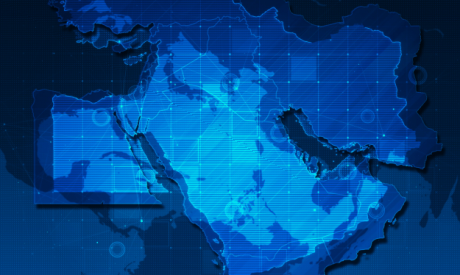The geopolitical landscape of the Middle East is undergoing significant transformation, driven by a confluence of economic pressures, shifting alliances, and the ongoing impacts of climate change. As nations grapple with resource scarcity and the need for sustainable development, the region faces a critical juncture: how to balance economic growth with environmental stewardship. The central problem lies in the region's heavy reliance on fossil fuels, which not only exacerbates climate vulnerabilities but also threatens long-term economic stability. This situation demands urgent attention from policymakers and industry leaders alike, as the implications of inaction could reverberate through global markets and security dynamics.
To navigate these challenges, a multifaceted approach is essential, focusing on diversification of energy sources and investment in renewable technologies. Key insights suggest that collaboration among Middle Eastern nations can foster innovation and resilience, particularly in sectors like solar and wind energy, which hold immense potential. The implications of such a shift are profound: not only could it lead to a more sustainable economic model, but it could also redefine the region's role in the global energy landscape, positioning it as a leader in the transition to a low-carbon future. Embracing this opportunity is crucial for ensuring both environmental sustainability and economic prosperity in the years to come.









